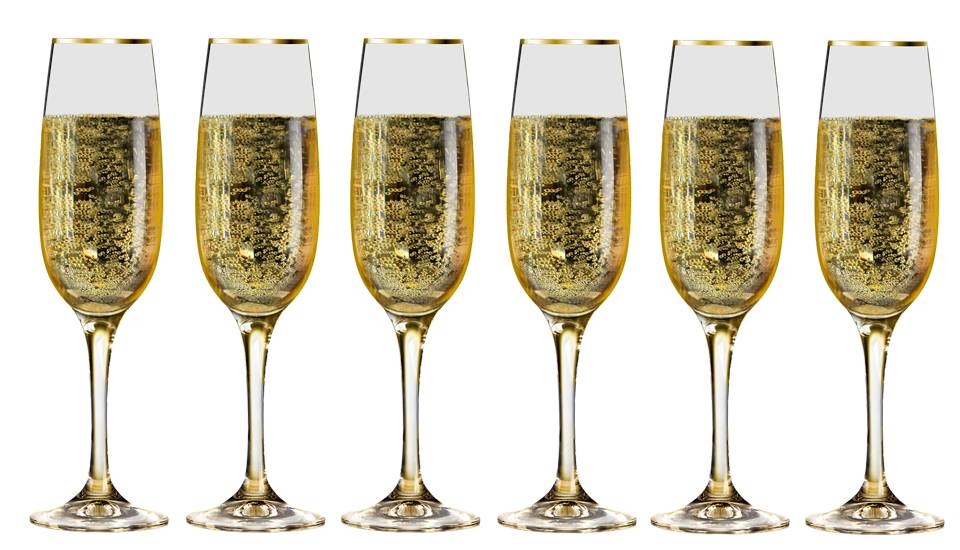Cultivable area It was fixed on July 22nd, 1927, in which region of the champagnes one exclusively may add. The location of the shoots is substantially on the qualtity base the champagne involves and not disdain. About 33,500 hectares country contains the areas of the shoots. Some of the most important regions for the production of champagne are Montagne de rhyme, Vallée de La Marne, Côte the Blancs and Côte the bar.
With champagne one exclusively distinguishes three types of vine:
A second fermentation arises with the champagne with the bonus of pipe or beet sugar and yeast. The champagne must be stored after this bonus another 3 weeks and then has approx. 1.2% more alcohol than the former basic wine. These proceedings "Méthode champenoise" are called over a champagne. Due to these fermenting proceedings, a champagne can learn a cellar storage for many decades. The yeast died thereby lends its flavour to the champagne, it is the older, its flavour and/or Bukett becomes stronger. 15 months are specified with the normal NV (non vintage) champagne maturity time, with volume champagnes (Vintage Champagne) it is even 3 years. What do champagne bottles shaken becom?
Before the champagne is dispatch ready, one must remove the yeast. The champagnes are tilted horizontally stored to the neck of a bottle in so-called rattling desks. Two weeks store it in this position, whereby they must be turned each day around a tenth. The depository accumulates so in this neck of a bottle after. Altogether, one shakes these champagnes - bottles 21 days. To the end the bottles are located nearly to perpendicular on the head and the yeast completely in the bottle neck collected themselves.
In order to remove now the yeast from the bottle neck, so this not again in the champagne, leads one dissolves the champagne by a cooling brine (ice - bath). The yeast freezes in the thrombus. The crown cork is then removed, which arisen printing shoots the ice cork from the bottle.
Before one locks the champagne bottle lately, the ullage ( decline) still is compensated for. When required a liquid solution containing sugar is enclosed. She decides at long last whether the champagne was extended rather dryly or sweetly.

Champagnes without volume reach her highlight within two years. Volume champagnes however can be stored over many years.
Champagne reacts particularly severely to light influences. The wine develops a sulphur taste at much light. An open champagne should be drunk within 24 hours.
The most well-known champagnes are probably Moet et Chandon Cuvée cathedral Perignon, jug, Roederer Cristal, Taittinger, Veuve Cliquot Cuvée La Grand lady and Perrier Jouet Cuvée bark Epoque with the very beautiful flower bottle!